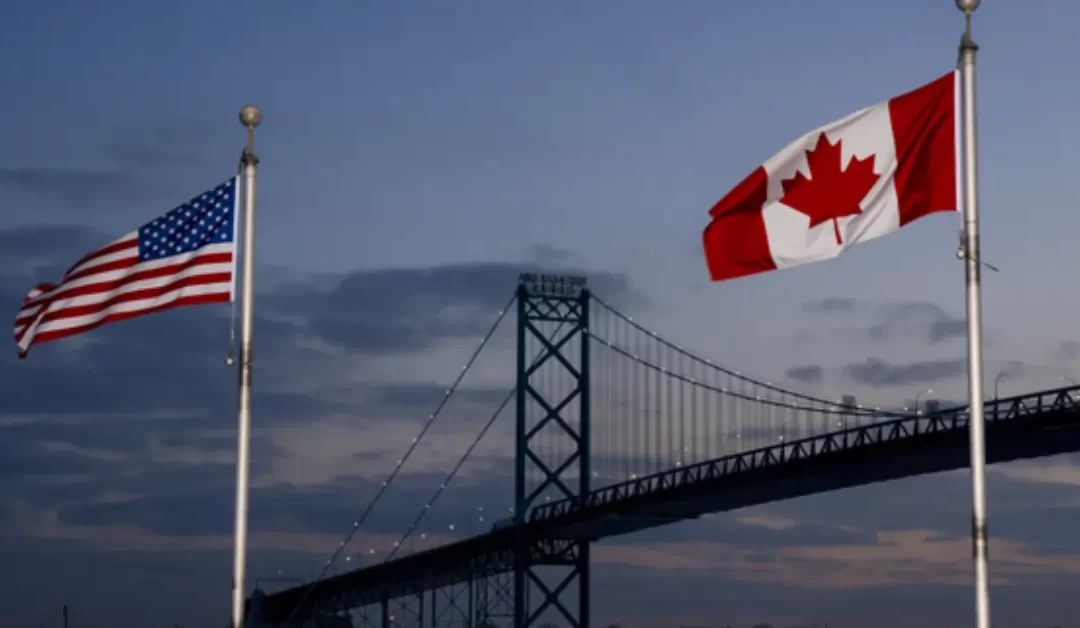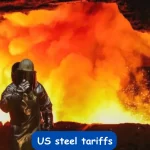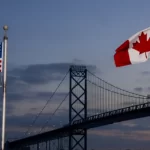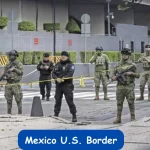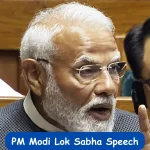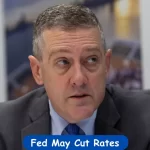The latest trade tensions between the U.S. and Canada signal a turbulent economic landscape reminiscent of past tariff wars. With Donald Trump reinstating his hardline trade policies, Canada has wasted no time in responding, demonstrating that it will not be intimidated. This escalating situation has made its way into breaking news, sparking debates on the potential impact on global trade and diplomatic relations.
Canada’s Swift Retaliation
Echoing the retaliatory moves seen during the infamous Smoot-Hawley tariffs nearly a century ago, Canada has swiftly countered Trump’s import taxes. Despite U.S. claims of securing diplomatic victories, Canada’s pledge to spend $1.3 billion on border security had little to do with U.S. pressure—it was a plan already in the works.
Meanwhile, both Mexico and Canada brushed off Trump’s threats that any retaliation would lead to higher tariffs. Instead of backing down, the two nations secured a one-month pause in tariff escalation, giving them time to strategize.
Trump’s aggressive trade stance is not limited to North America. His threats extend to nations worldwide, including Denmark, Colombia, China, Taiwan, and major economies in the European Union. Even economic news updates from the BRICS countries—Brazil, Russia, India, China, and South Africa—reflect uncertainty as they prepare for potential tariff actions.
Deciphering Trump’s Trade Strategy
The rationale behind Trump’s tariffs remains fluid, with justifications shifting from economic fairness to national security concerns. Most recently, the U.S. president has cited fentanyl trafficking as the legal pretext for imposing emergency border taxes on Canada, Mexico, and China. Declaring an “unusual or extraordinary threat” has allowed him to bypass Congress, a move raising concerns in international trade circles.
However, Trump’s arguments are contradictory. While citing fentanyl as a primary concern, he also highlights Canada’s trade surplus with the U.S., suggesting that economic competition plays a major role in his decision-making. At one point, he even floated the provocative idea that Canada should become the “51st state” of America—an assertion that many dismissed as political posturing but one that further complicates U.S.-Canada relations.
Europe Caught in the Crossfire
As North America grapples with these economic battles, Europe is treading cautiously, wary of escalating tensions with the U.S. Trump’s long-standing friction with the EU largely stems from the bloc’s substantial trade surplus, particularly in high-end German car exports. He argues that European markets are more restrictive toward American goods, citing high pharmaceutical prices and regulatory challenges for U.S. tech companies.
Yet, if Trump’s concern is purely trade deficits, it remains unclear why countries like Vietnam, Japan, and South Korea—each with larger trade surpluses—have so far avoided major tariff penalties.
A key point of contention is Trump’s narrow focus on goods trade while seemingly ignoring the U.S.’s significant advantage in services exports. EU Trade Commissioner Maroš Šefčovič recently pointed out that while Europe may have a goods trade surplus, the U.S. enjoys a strong services trade surplus and receives billions in investments from European pension funds and savings accounts.
Similarly, the U.K.’s trade position with the U.S. is more balanced than that of the EU. According to U.K. Trade Secretary Jonathan Reynolds, on some measures, the U.S. actually has a surplus with Britain—an aspect often overlooked in these trade discussions.
Tariffs as a Negotiation Weapon
Amid the uncertainty, European negotiators are taking a strategic approach. Rather than direct confrontation, they emphasize cooperation and diplomacy, steering clear of public criticism—even when Trump controversially suggested imposing tariffs on NATO ally Denmark over Greenland.
A recently uncovered report from November 2024, authored by Stephen Miran before he became Trump’s chief economic advisor, provides further insight into the administration’s tariff strategy. It suggests that the U.S. will assess tariffs based on a country’s trade policies, currency practices, intellectual property protections, NATO contributions, and even how often it opposes the U.S. at the United Nations.
The report also highlights a crucial dilemma for other nations: should they face U.S. tariffs on their exports, or align with Washington’s trade stance by imposing tariffs on China? This forced-choice strategy could reshape global alliances, compelling nations to reconsider their economic and political ties.
What’s Next?
With tariff wars intensifying, the global economic order faces uncertainty. Canada, Mexico, and the EU remain steadfast in resisting pressure, while businesses brace for potential supply chain disruptions. As breaking news unfolds daily, the world watches closely to see whether Trump’s aggressive trade tactics will lead to new deals or further economic strife.
For now, nations caught in the crosshairs must navigate these turbulent waters carefully, balancing diplomacy with economic self-interest. The question remains: will Trump’s tariffs reshape global trade, or will resistance from key allies force a policy shift? The next few months could define the future of international trade.

